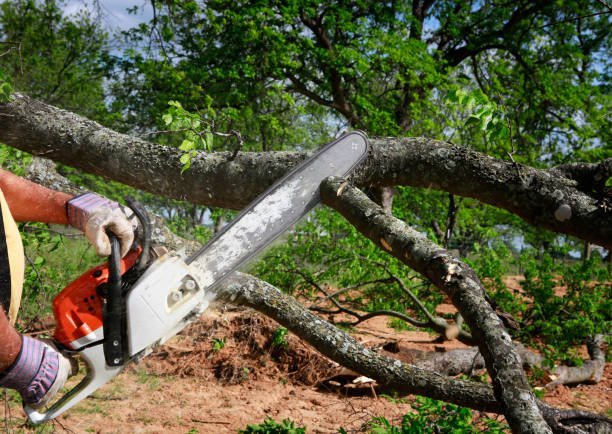Hedge Shaping: Essential Tips for a Beautiful Garden

Hedge shaping is a technique used to maintain and enhance the appearance of hedges in your garden. It involves trimming, pruning, and sculpting hedges to achieve a clean and defined shape. This practice is not only for aesthetic purposes but also plays a crucial role in maintaining the health and structure of the plants. Whether you want a formal hedge or a more natural look, hedge shaping can make a significant difference in the overall appearance of your garden.
What is Hedge Shaping?
Hedge shaping refers to the process of trimming hedges to maintain their desired size, shape, and health. It can involve anything from simple trimming to more intricate sculpting. This practice is essential for creating clean, well-maintained hedges that serve as attractive features in the garden. The primary goal of hedge shaping is to ensure that the plants remain healthy while also providing a structured, polished look.
Shaping hedges can be done using a variety of tools such as pruning shears, hedge trimmers, and even specialized topiary tools. The type of tool and technique you use depends on the type of hedge and the look you want to achieve.
Benefits of Hedge Shaping
- Improved Aesthetics: The most obvious benefit of hedge shaping is its ability to enhance the visual appeal of your garden. A well-maintained hedge creates a neat, tidy look that can complement any landscape design, from formal gardens to more relaxed outdoor spaces.
- Better Plant Health: Regular hedge shaping encourages healthy growth by removing dead or diseased branches. This ensures that the plant can focus its energy on new growth, allowing the hedge to flourish and remain strong.
- Increased Privacy: Hedges are commonly used as privacy barriers, and proper shaping helps to maintain dense growth. A well-shaped hedge acts as a natural screen, blocking out views from the outside and ensuring privacy in your garden.
- Controlled Growth: Without shaping, hedges can become overgrown and unruly. Regular trimming and pruning ensure that your hedge grows within the desired size and shape, preventing it from becoming too wild or difficult to manage.
Common Hedge Shaping Techniques
There are several techniques you can use to shape your hedges, depending on the type of plant and the style you want to achieve.
1. Basic Pruning
Basic pruning involves removing dead or damaged branches to promote healthy growth. This simple technique is ideal for maintaining the overall shape of the hedge and preventing it from becoming too thick or overgrown.
2. Shearing for Neatness
Shearing is one of the most common techniques used for creating clean, uniform edges. With a pair of sharp hedge shears or a mechanical trimmer, you can trim the hedge evenly, giving it a smooth and well-defined appearance. This method is perfect for creating geometric shapes or symmetrical hedges.
3. Topiary Shaping
Topiary is the art of sculpting hedges into decorative shapes. While it requires more time and effort, topiary adds a creative and artistic element to your garden. From animal shapes to intricate patterns, topiary can transform a simple hedge into a stunning focal point.
4. Selective Pruning
Selective pruning involves cutting back specific branches or sections of the hedge to control its growth. By removing overgrown or weak sections, you can ensure that the hedge maintains a balanced shape and a healthy structure.
Conclusion
Hedge shaping is a valuable practice for anyone looking to maintain a beautiful and healthy garden. Whether you're aiming for a neat and tidy hedge or a more artistic topiary design, regular shaping ensures that your plants remain healthy while enhancing the overall look of your outdoor space. By using the right techniques and tools, you can create perfectly shaped hedges that will serve as a stunning addition to your garden.
What's Your Reaction?
















